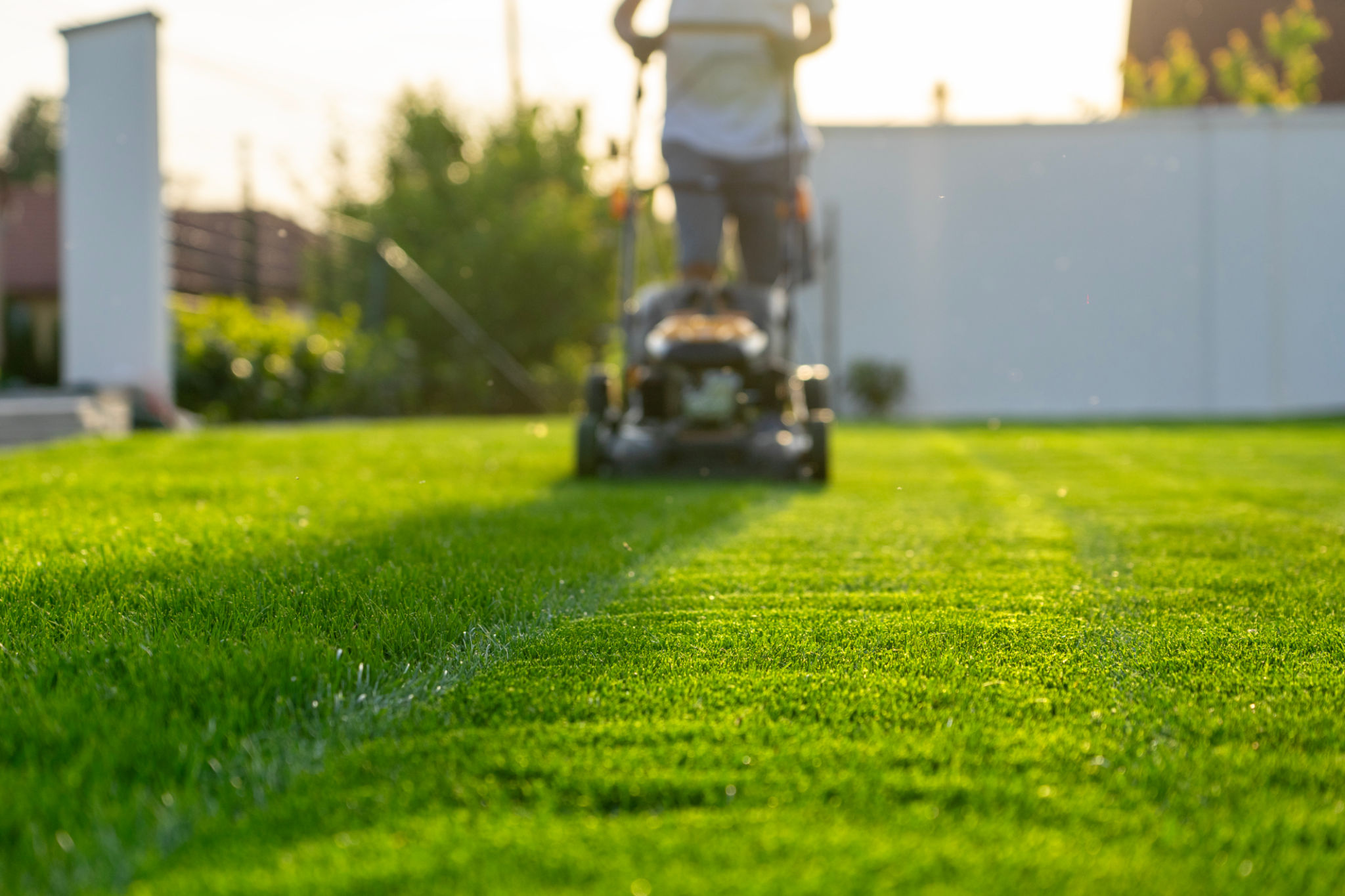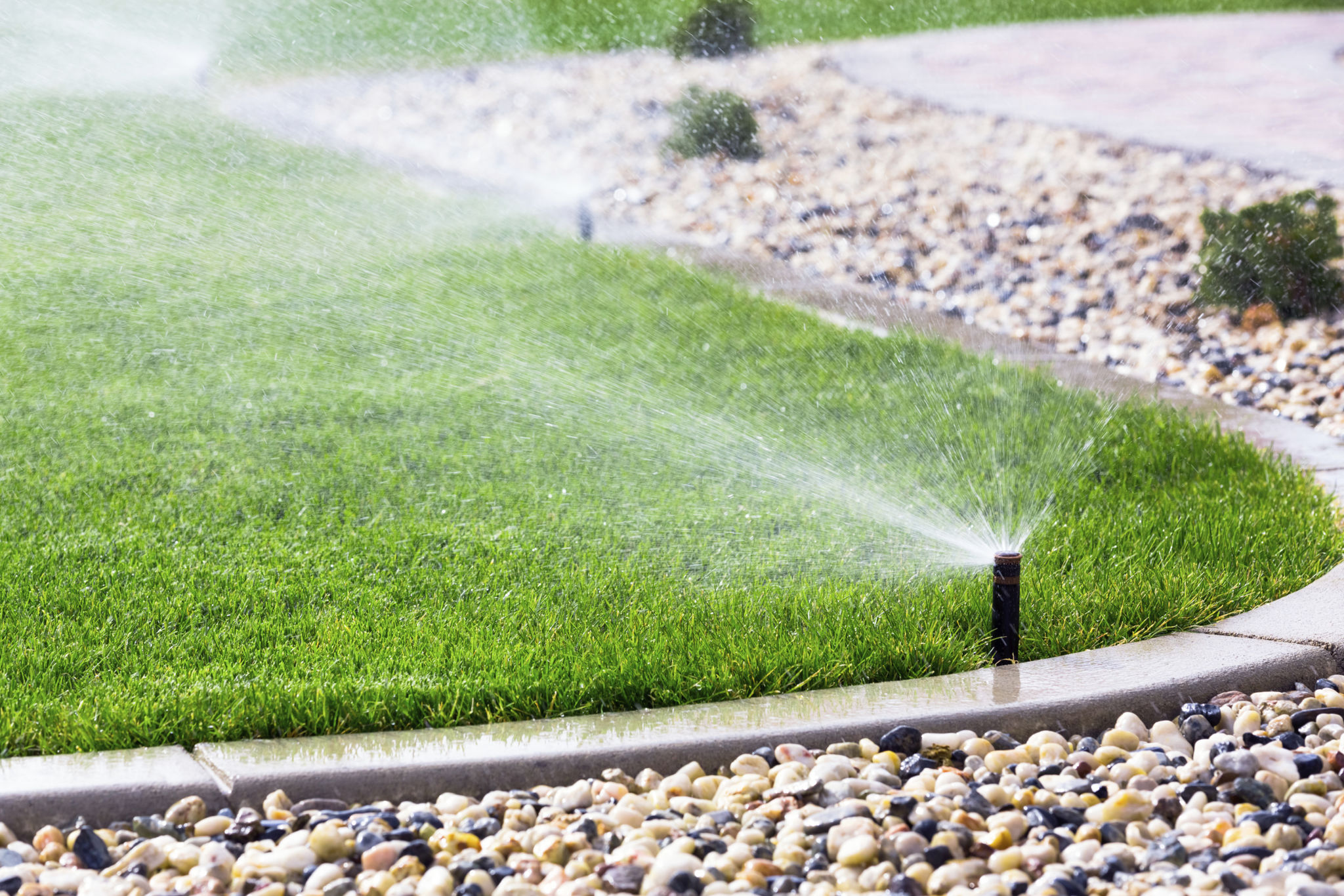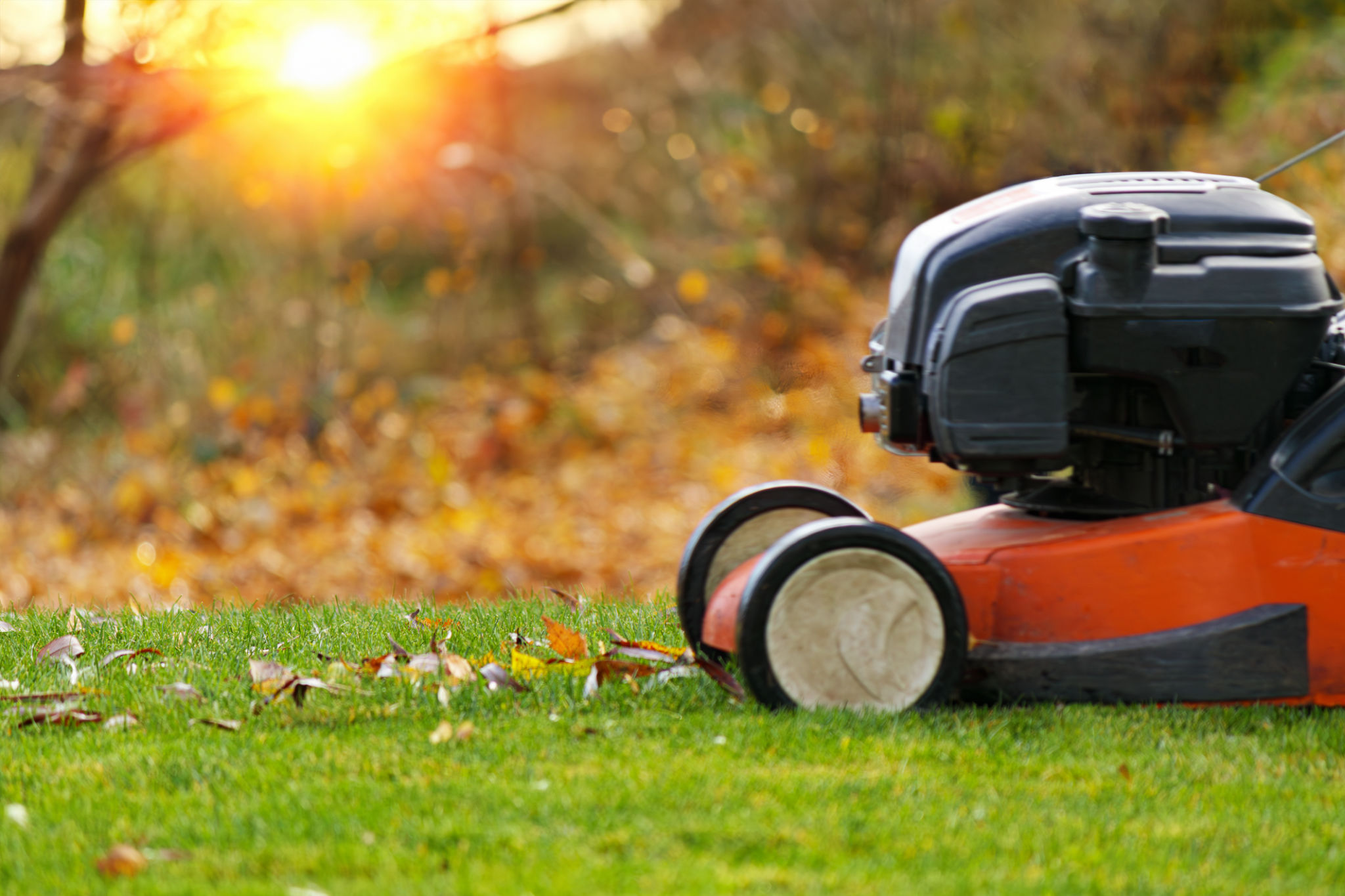The Best Seasonal Lawn Care Checklist for Humid Climates
Spring: Preparing Your Lawn for Growth
As temperatures start to rise and the days become longer, spring is the ideal time to begin preparing your lawn for a lush and healthy season. The first step is to clear away any debris that accumulated over the winter months. Remove fallen leaves, twigs, and other waste materials to ensure your grass receives ample sunlight and nutrients.
Once your lawn is clear, aerate the soil to improve water and nutrient absorption. Aeration involves perforating the soil with small holes, allowing roots to grow deeper and promoting a stronger lawn. Following aeration, apply a balanced fertilizer to replenish essential nutrients.

Seeding and Weed Control
Spring is also the perfect time to overseed your lawn. Choose a grass seed suitable for humid climates, such as St. Augustine or Bermuda grass, which thrive in warm, moist conditions. Spread the seed evenly across your lawn and water regularly to ensure optimal growth.
To prevent weeds from taking over your lawn, apply a pre-emergent herbicide. This will stop weed seeds from germinating while allowing your grass to flourish. Be sure to follow the manufacturer's instructions for the best results.
Summer: Maintaining Moisture and Health
Summer in humid climates can be challenging for lawn care due to increased heat and potential drought conditions. Proper watering is critical; aim to water deeply but infrequently to encourage strong root systems. Watering early in the morning minimizes evaporation and reduces the risk of fungal diseases.

Mowing and Pest Control
During summer, mow your lawn regularly to maintain a healthy height. Set your mower blades higher to provide shade for the roots and conserve moisture. Additionally, keep an eye out for pests such as grubs and chinch bugs, which can damage your lawn. If you notice signs of pest infestations, apply an appropriate insecticide or consider natural pest control methods.
Fall: Preparing for Dormancy
As temperatures begin to drop, it's time to prepare your lawn for the upcoming dormancy period. Rake fallen leaves regularly to prevent them from blocking sunlight and air circulation. Fall is also an excellent time to aerate your lawn again, allowing nutrients and oxygen to reach the roots.

Fertilization and Seeding
Apply a slow-release fertilizer specifically designed for fall use. This will provide essential nutrients throughout the winter months, promoting healthier growth once spring arrives. If needed, overseed any bare patches in your lawn to ensure a full, dense turf come springtime.
Winter: Minimal Maintenance
In humid climates, winter often brings milder temperatures compared to more northern regions. During this time, lawn maintenance should be minimal. Avoid heavy foot traffic on your lawn when it's frosty or wet, as this can damage the grass.

Continue monitoring for pests and diseases, taking appropriate action if necessary. With these seasonal care tips, your lawn will thrive throughout the year, even in humid climates.
